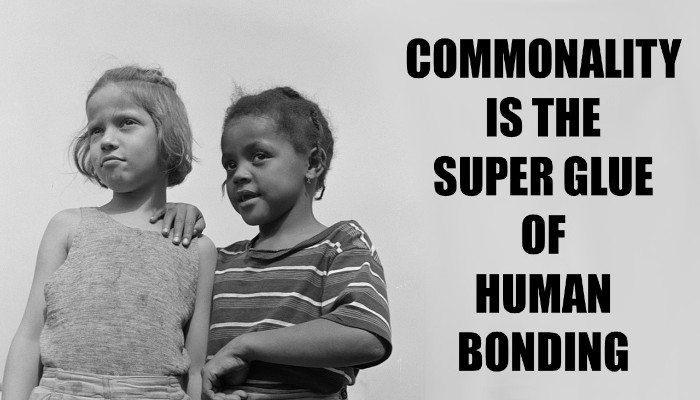
Wouter Corduwener is a polyglot who masters languages faster than deltiologists collect postcards. So, what does this polyglot have to do with storytelling? Human behavior.
In How to Tell a Story in a Half-Second, I detailed the system of involuntary reactions associated with the startle response–the auto-defense system that’s built into everyone, independent of race, gender, country of origin, or creed. When we see something new or that we don’t understand, we’re all compelled to focus on it and pull away until we do.
But, do the opposite of instincts exist? For example, is there a natural reaction that causes us to drop our guard?
That’s where Wouter Corduwener comes in. The Dutchman produces a YouTube channel where he records his multilingual interactions with tourists. Each video starts similarly: he initiates conversations in English or Dutch. At this point, most people are being friendly, polite, and slightly guarded. Yet, once he switches the conversation to their native tongue, they melt. The reaction–just like the startle response–is universal. Check out the following video to see what I mean.
I love how the mood changes from guarded/polite to familiar-friendly at the sound of their mother tongue. Wouter changes their demeanor by connecting with something central to their core being.
The lesson for storytellers is clear. Use anomalies to draw attention and commonalities to bond. The best way to bond with a reader, listener, or audience member is to find something that you have in common, like the same language, hometown, friends, adversaries, or common experiences. And if you really want to bond, find something personal.
The more personal the commonality, the deeper the bond.
Photo Credit: Parks, Gordon, photographer. Haverstraw, New York. Interracial activities at Camp Christmas Seals, where children are aided by the Methodist Camp Service. Camp buddies. Haverstraw Haverstraw. New York Rockland County United States, 1943. Aug.?. Photograph. https://www.loc.gov/item/2017861195/.